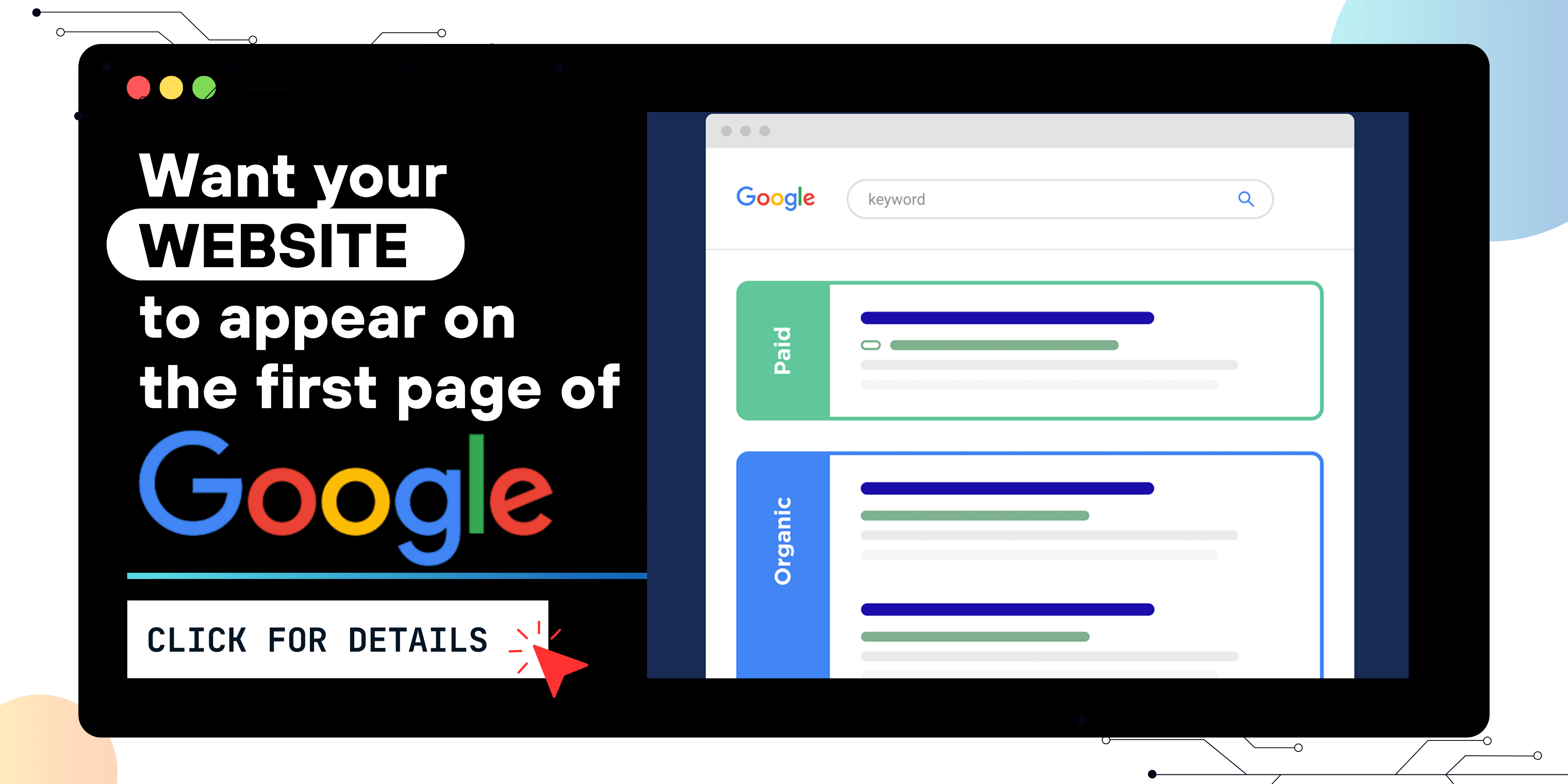Listen to This Article
The Indian Railways is one of the largest railway networks in the world. It carries millions of people and huge amounts of goods every day. For many Indians, trains are not just a way to travel — they’re a part of daily life.
But while the Railways plays a big role in connecting the country, it also faces many problems. These include slow services, old trains, dirty stations, and financial losses. To fix these issues, the Indian government has started talking about privatisation — involving private companies to improve services and bring in money.
This article explains why privatising the Indian Railways may be a good idea, what benefits it could bring, what problems it could cause, and how it can be done in a smart and fair way.
Why Consider Privatisation?
companies, on the other hand, usually work faster, use new technology, and focus on results.
1. Too Much Delay and Inefficiency
The Railways is a huge government department. That means it often moves slowly, with a lot of paperwork and red tape. Decisions take time, and there’s little room for innovation. Private
2. Losing a Lot of Money
Running the Railways costs a lot of money — more than it earns. Every year, the government has to help by giving funds. Most of the loss comes from the passenger segment, where ticket prices are kept low for public benefit. Privatization can bring in money from private investors, so the government doesn’t have to bear all the costs.
3. People Want Better Service
Passengers often complain about delays, unclean coaches, bad food, and poor customer service. Private companies, which compete with each other, are likely to offer better experiences to attract customers — cleaner trains, better food, punctual service, and modern amenities.
4. Other Countries Have Done It
Countries like the UK, Japan, and Germany have involved private companies in their railway systems. While some had challenges, many have seen improvements in quality, speed, and safety.
What Does ‘Privatisation’ Actually Mean?

Privatisation doesn’t always mean selling the Railways to private companies. There are different ways it can happen:
- Public-Private Partnership (PPP): The government and private companies work together. For example, private companies invest money and run services, while the government owns the tracks.
- Private Trains: Private companies run certain trains, especially on busy routes, while using Indian Railways' tracks and stations.
- Modernising Stations: Companies can rebuild and manage stations, turning them into clean, smart hubs with shops and better facilities.
- Using Railway Assets: Private firms can use unused land or put ads on trains and stations to make money.
In fact, the government has already started some of this — like private trains on selected routes and redeveloped stations in cities like Bhopal (Habibganj) and Gandhinagar.
What Are the Benefits of Privatisation?
1. More Efficiency and Innovation
Private companies are usually quicker, more organised, and use modern technology. This can reduce delays, make operations smoother, and ensure better use of trains and tracks.
2. Faster Modernisation
With private money and expertise, we can upgrade trains, tracks, stations, and technology much faster — for example, adding faster trains, digital ticketing, and cleaner stations.
3. New Jobs and Skills
As private players join, they’ll need people to help run trains, build stations, manage operations, and provide services. This can create new job opportunities and help workers learn new skills.
4. Government Focuses on What Matters
If private companies handle things like catering, cleaning, and station maintenance, the Railways can focus on safety, policymaking, and managing the train network — things that only the government can and should do.
What Are the Concerns?

Of course, privatisation is not a perfect solution, and it comes with challenges.
1. Will It Become Too Expensive?
Many people worry that private companies will raise ticket prices, making train travel unaffordable for poor people. After all, private companies want to make profits. The government must make sure that basic services stay affordable for all.
2. What About Railway Workers?
Indian Railways is one of the largest employers in the country. Workers fear job cuts or changes in pay and working conditions. The government will need to protect workers’ rights during the transition.
3. Who Will Make the Rules?
If private companies are running services, someone needs to keep an eye on them — to make sure they follow rules, don’t charge unfair prices, and maintain safety. India needs a strong, independent authority to do this.
4. Learning from Others’ Mistakes
For example, in the UK, privatisation led to some problems like poor coordination and accidents. India must learn from these mistakes and avoid repeating them by making smart policies.
How Can It Be Done Right?
Here are some things the government should do to make privatisation work well:
1. Set Up a Strong Regulator
India needs a powerful, independent body that can make sure private companies follow safety rules, offer fair prices, and provide good service.
2. Keep Train Travel Affordable
Even if private companies are allowed to run premium trains with higher prices, basic services should remain affordable. The government can give subsidies to support important routes.
3. Involve All Stakeholders
Before making big changes, the government should talk to passengers, railway workers, unions, and private companies. Clear communication and gradual changes can help avoid protests or confusion.
4. Go Step by Step
Privatisation should not be rushed. The government can start with a few trains and stations, learn what works, fix what doesn’t, and expand slowly.
5. Support Indian Companies
Since Railways is a national asset, Indian private companies should be encouraged to invest and take part. This keeps decision-making and profits within the country.
Conclusion
The Indian Railways is an iconic part of the country’s identity — but it needs a serious makeover. Keeping things the same will only make the problems worse: old trains, late arrivals, financial losses, and frustrated passengers.
Privatisation, if done smartly and carefully, can make a huge difference. It can improve services, bring in money, create jobs, and make Indian Railways more modern and efficient. But it must be done in a way that protects the interests of common people and railway workers.
This is not about selling the Railways — it's about making it better. With the right planning, India can build a railway system that is not just the biggest in the world, but also one of the best.
 Unlock Your Savings Today!
Unlock Your Savings Today!
Get the best deals with unbeatable service and exclusive offers.

 Grow Your Business with Proven Digital Marketing
Grow Your Business with Proven Digital Marketing
Ready to attract more customers and outshine your competition? Our tailored digital marketing strategies help you rank higher, generate qualified leads, and build a brand people trust. Let’s take your business to the next level.
Digital Marketing Solutions in Leading Cities


 Disclaimer
Disclaimer
The views expressed by experts in this article are their own and do not necessarily reflect the opinions of any website, organization, institution, or affiliated entity. If you have any concerns regarding this article, please contact us at contact@quantamminds.com and also on WhatsApp
Frequently Asked Questions
Does privatisation mean the government is selling the Indian Railways?
No, not at all. The government is not selling the entire Indian Railways. What’s being planned is a form of partial privatisation, where private companies are allowed to operate some trains, modernise stations, or manage services like catering or cleaning. The ownership of tracks, infrastructure, and safety systems will remain with the government. It’s more about partnership than a full sale.
Will train tickets become more expensive with privatisation?
It depends. Private trains, especially premium ones, may have higher fares — just like airlines with different price levels. However, the government has said that basic and affordable train services will continue for the general public. In fact, only select routes are being considered for private operations. The goal is to improve options, not take away affordable travel.
What will happen to railway employees if private companies get involved?
This is a common concern. So far, the government has not announced any plan to remove existing railway workers. Most privatisation efforts are focused on new trains, stations, or services where private companies will hire their own staff. However, the government will need to ensure that current employees are protected, and if needed, trained for new roles or shifts.
Is privatisation really necessary? Can’t the government improve the Railways on its own?
While the government has made some improvements, Indian Railways is huge, old, and under heavy financial pressure. It’s difficult for the government alone to modernise everything quickly. Privatisation brings in extra money, technology, and professional management. It helps speed up reforms and improve services. The idea is to combine government ownership with private sector efficiency.
Will privatisation affect the safety of train travel?
Safety remains a top priority. Even if private companies operate certain services, the government — specifically the Indian Railways — will still control and monitor all safety standards, tracks, and signalling systems. Any private operator will be required to follow strict safety protocols and undergo regular inspections. In fact, competition and private investment might lead to better technology and maintenance, further enhancing passenger safety.








 Ashwani Kumar on 2025-05-01
Ashwani Kumar on 2025-05-01





